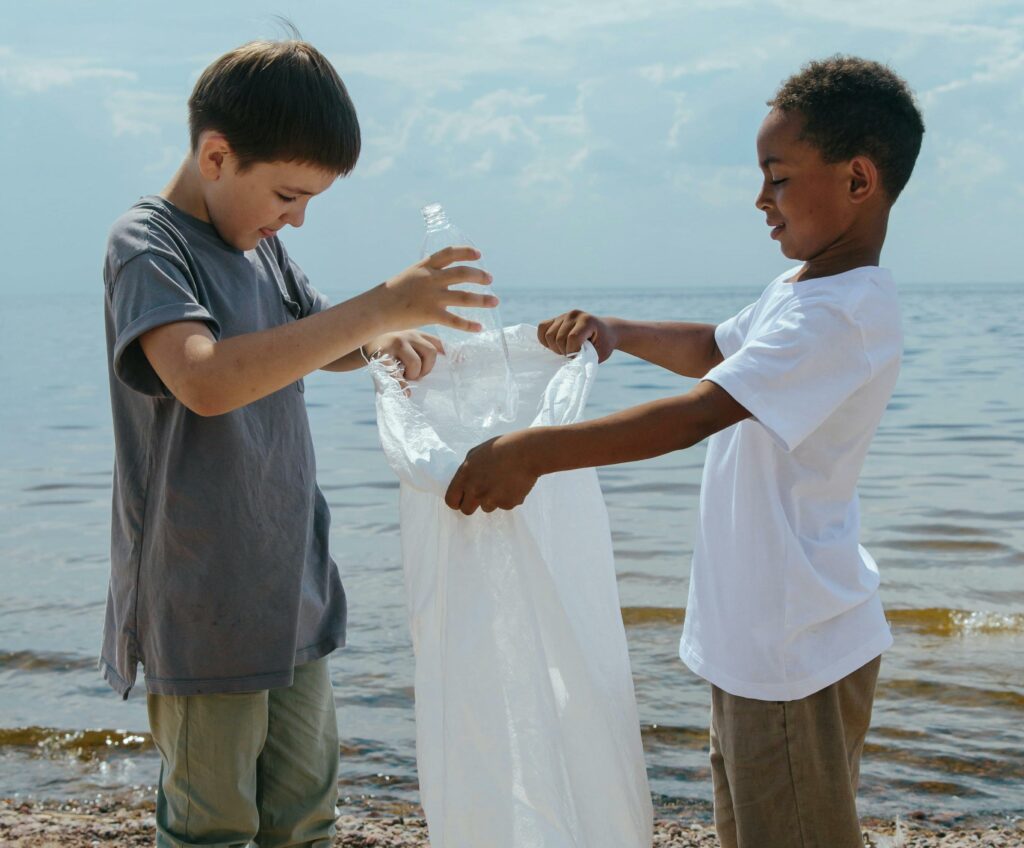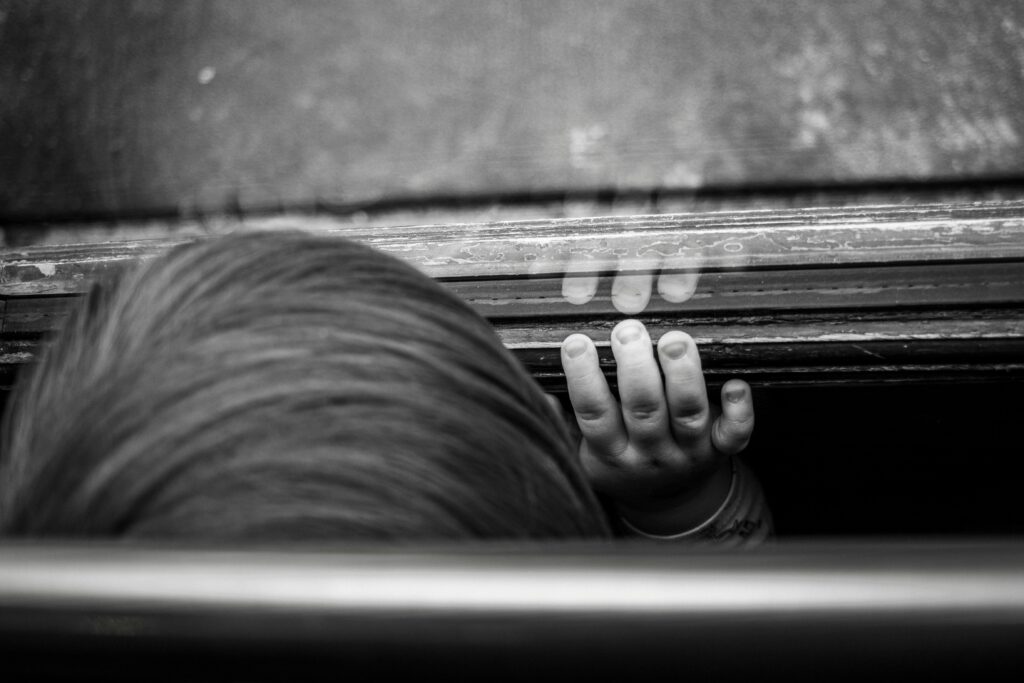When your child gets stung or bit by an insect, it can usually be treated at home. However, because insects can carry infectious diseases or cause severe reactions, it’s important to contact our office if you think your child is having an unusual reaction. We’ve outlined below how to treat common bug bites at home and when you should call our office.
When should I call Pediatrics West?
Call IMMEDIATELY if an insect bite looks infected (red streaks, and very tender).
Call during office hours if:
- Itching or pain is severe after treatment.
- You have other questions or concerns.
How to Treat an Itchy Insect Bite
- Apply treatment.
- To reduce the itching, apply a 1% hydrocortisone cream, such as Cortaid. No prescription is needed. Put it on three times a day until the itch is gone.
- If you don’t have steroid cream, apply a baking soda paste (made with baking soda and water) until you can get steroid cream.
- If neither is available, use ice in a wet washcloth for 20 minutes.
- Apply pressure.
- Put firm, sharp, direct, steady pressure on the bite. Do this for 10 seconds to reduce the itch. A fingernail, pen cap, or other object can be used.
- Administer allergy medicine.
- If the bite is still itchy, try an allergy medicine such as Benadryl. No prescription is needed. It can be especially helpful in allergic children.
How to Treat a Painful Insect Bite
- Apply Baking Soda Paste.
- Soak a cotton ball in a baking soda paste (made with baking soda and water). Rub the bite with it for 15 to 20 minutes. Do this once. This will usually reduce the pain.
- Apply Ice.
- You can also use an ice cube in a wet washcloth for 20 minutes.
- Administer pain reliever.
- To help with the pain, give an acetaminophen product, such as Tylenol. Another choice is an ibuprofen product such as Advil. Use as needed.
- For painful bites, allergy medicines don’t help.
How to Treat an Infected Bite
If your child’s insect bite has a scab that looks infected, we recommend the following steps.
Caution: Contact our office you noticed an increase in redness associated with pain to touch, red streaks, fever, and pus.
Apply an antibiotic ointment.
- Apply an antibiotic ointment.
- If the insect bite has a scab on it, and the scab looks infected, use an antibiotic ointment, such as Polysporin. No prescription is needed. Use 3 times per day. Note: Usually impetigo is caused by scratching with dirty fingers.
- Keep your child’s fingernails clean and short
- Cover the scab with a bandage such as Band-Aid. This will help prevent scratching and spread.
- Wash the sore and use the antibiotic ointment 3 times per day. Cover it with a clean bandage each time. Do this until healed.
- Caution: For increases redness associated with pain to touch, red streaks, fever, and pus, your child needs to be seen.


